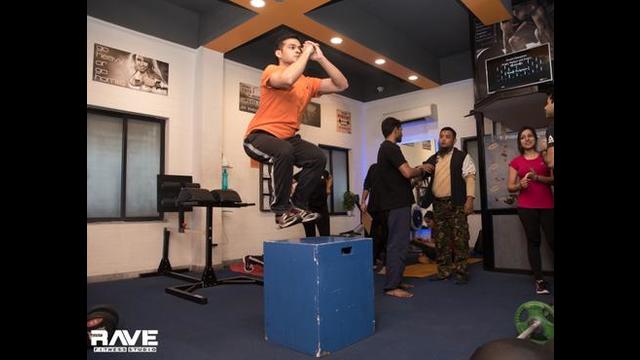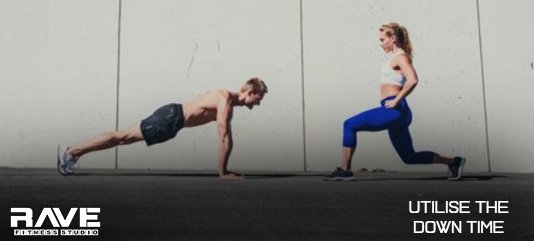Athletes train to enhance their performance continuously. If you love playing a particular sport, you will surely strive to always get better at it by doing training exercises. And plyometric training is one form of these training exercises.
Plyometric training has been proven to improve an athlete’s speed, agility, strength and power. With plyometrics, athletes train their muscles to create a tremendous amount of force in as little time as possible. Athletes who play different kinds of sports like baseball, basketball, track and field, volleyball, and others have gained a lot from doing plyometric training. If you are doing plyometric training, you must be aware of the importance of proper execution, intensity, and frequency. To be sure of the effectiveness of your plyometric training, you must never take for granted the importance of these factors.
The Important Factors of Plyometric Exercises
There are different exercises that you must do in your plyometric training. And it is not essential to merely do these exercises. What is very important is that you do these correctly. It has been proven that doing plyometric exercises the wrong way can lead to injuries and lack of results.
Aside from adequately executing the plyometric exercises, it is also essential to know how often you must do these. You cannot do plyometric exercises every day in the hopes that this will hasten your improvement. You must remember to give time for your muscles to rest or you will strain them too much. It is recommended that the ideal frequency for doing plyometric exercises is 3 to 4 times each week. With views to repetitions, these should not be more than between 75 to 100.
The Best Way for Plyometric training
The extra essential thing that you must be aware of is the intensity of different plyometric exercises. Before doing plyometrics, it is necessary to warm-up first with an exercise like toe jogging. Furthermore, your exercises must always begin with low-intensity ones and gradually increase these moderate and high-intensity ones. Still, identify that you must never start with high intensity or moderate exercises most especially if you have not trained previously. You will merely be hurting yourself if you begin with high-intensity workouts.
Now you know the importance of these three factors in plyometric training, and you must remember these as you perform exercises like the ones cited below.
With the plyometric training identified as Bounding with Rings, you begin with a jog for forwarding momentum. After jogging for some feet, push off with the left foot to bring your right leg in front. While doing this, swing your left arm forward and with your right foot, land on the first ring to the left. Repeat this using your other leg and arm and area on the second ring, which is found on your right.
Overhead Throws is one of the various plyometric exercises. Start with the staggered stance: slightly bent knees and one foot forward. Pull after your head the medicine ball and throw this onto the wall. As the ball jumps off the wall, catch it. Repeat according to the number of ideal repetitions.
You must do plyometric training if you want to improve your athletic performance.




